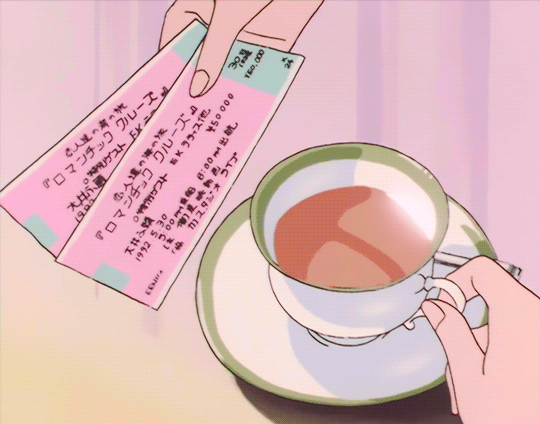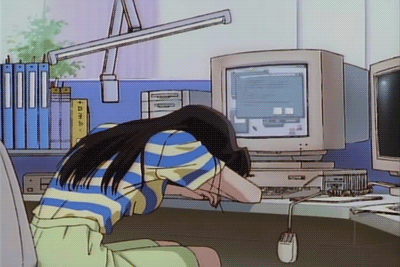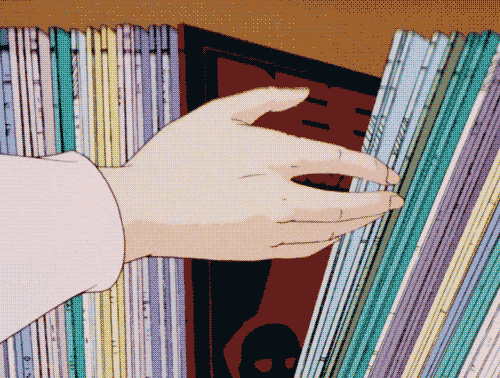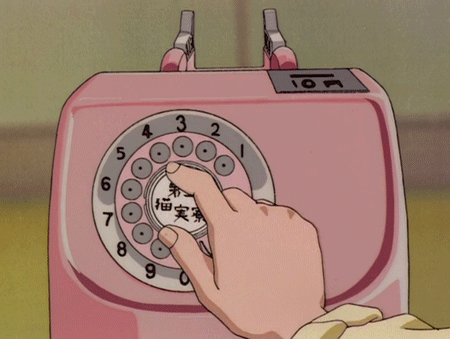Mexicana 🇲🇽 21 💫2o año de Ingeniería Industrial Logística ✨ 📩[email protected] ✨ 👉🏻 Studygram, Bulletjournal
Don't wanna be here? Send us removal request.
Text
The Rise of Korean Skincare

Fun fact: did you know that South Korean women spend twice as much of their income on skincare than their American counter parts.
The Koreans are big into their beauty and skincare regime, so its no wonder they are at the forefront of creating new, innovative skincare products. And these products have caught on in Europe and America.
The now commonly known and used product of a BB cream came from Korea. It was first launched in America in 2011 but Korean women have been using it for decades. It is a blend of a moisturiser and a foundation, in 2014 the US market for BB cream alone was worth $164m.
In the UK the most common beauty routine is a 3 step one, cleanse, tone, moisturise. Whereas in Korea is it most common for a 10 step routine, which is…
1) Oil cleanse - This is the initial cleanse. The oil binds with makeup and dirt on the skin that then washes away when you wash off the oil cleanser.
2) Foam cleanse - Foam cleansing now really cleans your skin of the excess oil and bacteria.
3) Exfoliate - Exfoliating slews away the dead skin cells and helps prevent clogged pore, pimples and comedones.
4) Tone - After cleansing and exfoliating this can throw your skins PH balance, a toner balances your skin, and gives it vital antioxidants.
5) Essense - This is a lightweight nutritional hydration. It adds moisture and has high levels of active ingredients that takes the natural extracts deep into the skin.
6) Treatment - This step is dependant on your skin issue. If you have acne or blemishes, this is where you would use a spot treatment. If you dark marks, lines or pigmentation you would a retinol or glycolic acid treatment.
7) Mask - Again the type of mask will depend on your skin type and skin needs. Nor is it a daily use product, most Koreans will use a mask twice a week. The mask is an intense version of a treatment, it could contain high levels of vitamin c to help brighten the skin, it could have high levels of witch hazel or tea tree oil to help acne.
8) Eye cream - This is an anti-ageing step that helps prevent dark eyes, fine lines and other signs of ageing around the eyes.
9) Face cream - This is to lock in the skins moisture, keeping it plump and hydrated.
10) SPF sun-cream - the biggest signs of ageing, fine lines, dark spots, are all predominantly caused by the sun. SPF is a vital step in Korean skincare routines.
This routine is obviously a bit excessive and not for everyone. If you have sensitive skin, or any skincare issue it may aggravate it.
This kind of routine is best for people who have a normal skin type and are looking at preventing the signs of ageing, so probably for people in their late 20′s to 30′s.
4K notes
·
View notes
Photo

how i feel after exfoliating for 30 minutes
64K notes
·
View notes
Text
Small things/habits to start doing in 2019 🌷
Do yoga
Meditate
Express gratitude
Read 10 pages a day
Drink green tea over coffee
Have 8-9 hours of sleep every day
Skincare
Stretch for 5-10 minutes every morning
Eat fruit over chocolate
Compliment people you admire
Be creative (in any way you want)
Hang more pictures
Take care of your plants
Take your vitamins daily
Reduce the time spent on social media
Cut off all the toxic people in your life (+ unfollow all the toxic people)
Listen to inspiring music
Relax
Don’t overwhelm yourself with tasks
Exercise 3x a week
Drink water!
Spend time with people you love
Journal
Recycle
Smile more
Be kind to yourself
Be positive
…
Feel free to add on 🌚
7K notes
·
View notes
Text
10 Ways to Improve Your Time Management Skills
1. Delegate Tasks: It is common for all of us to take more tasks than our desired potential. This can often result in stress and burnout. Delegation is not running away from your responsibilities but is an important function of management. Learn the art of delegating work to your subordinates as per their skills and abilities.
2. Prioritize Work: Before the start of the day, make a list of tasks that need your immediate attention as unimportant tasks can consume much of your precious time. Some tasks need to be completed on that day only while other unimportant tasks could be carried forward to next day. In short, prioritize your tasks to focus on those that are more important.
3. Avoid Procrastination: Procrastination is one of the things that badly affect the productivity. It can result is wasting essential time and energy. It should be avoided at all costs. It could be a major problem in both your career and your personal life.
4. Schedule Tasks: Carry a planner or notebook with you and list all the tasks that come to your mind. Make a simple ‘To Do’ list before the start of the day, prioritize the tasks, and make sure that they are attainable. To better manage your time management skills, you may think of making 3 lists: work, home, and personal.
5. Avoid Stress: Stress often occurs when we accept more work than our ability. The result is that our body starts feeling tired which can affect our productivity. Instead, delegate tasks to your juniors and make sure to leave some time for relaxation.
6. Set up Deadlines: When you have a task at hand, set a realistic deadline and stick to it. Try to set a deadline few days before the task so that you can complete all those tasks that may get in the way. Challenge yourself and meet the deadline. Reward yourself for meeting a difficult challenge.
7. Avoid Multitasking: Most of us feel that multitasking is an efficient way of getting things done but the truth is that we do better when we focus and concentrate on one thing. Multitasking hampers productivity and should be avoided to improve time management skills.
8. Start Early: Most of the successful men and women have one thing in common. They start their day early as it gives them time to sit, think, and plan their day. When you get up early, you are more calm, creative, and clear-headed. As the day progresses, your energy levels start going down which affects your productivity and you don’t perform as well.
9. Take Some Breaks: Whenever you find yourself for 10-15 minutes, take a break. Too much stress can take the toll on your body and affect your productivity. Take a walk, listen to some music or do some quick stretches. The best idea is to take off from work and spend time with your friends and family.
10. Learn to say No: Politely refuse to accept additional tasks if you think that you’re already overloaded with work. Take a look at your ‘To Do’ list before agreeing to take on extra work.
9K notes
·
View notes
Text
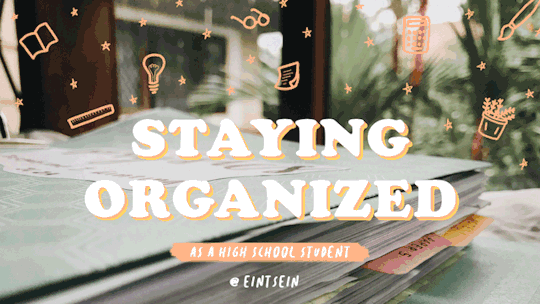
Hey guys, so I’m nearing the end of my senior year, and it’s been great so far! I accomplished my academic tasks efficiently and didn’t burn myself out, and I think the main contributor to my success as a student is my organization system. This system has been refined throughout my high school years, but I think now I’ve finally found the most effective methods.
Please remember that this isn’t the only organization system you can adopt; this is just the one that works the best for me, and I hope that by sharing it with you, you’ll gain a new perspective on how to stay organized as a high school student.

The first thing I wanna talk about is my notebook system, which I briefly mentioned in my Guide to Note-Taking.
My notebook system comprises three types of notebooks: the Everything Notebook, the subject notebook, and the revision notebook.

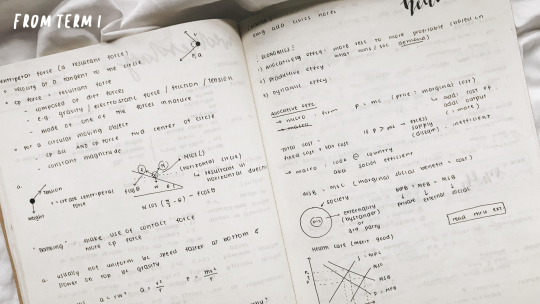
The Everything Notebook
The first stage is in-class notes. I only bring one notebook to school every day. I call it my Everything Notebook, and this is where I write down all of the notes I take in class. This way, I don’t have to lug around six notebooks where I’m only going to use a few pages in each of them that day.
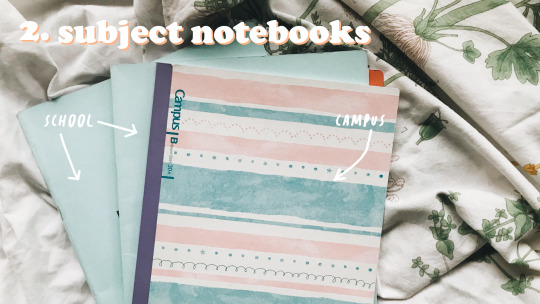
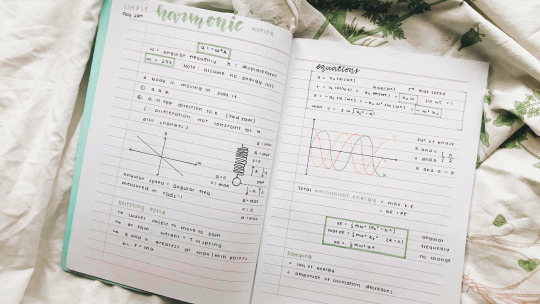
Subject Notebooks
At the end of the day, I would revise my notes and compare them to the syllabus so I know where we are in the learning process. I would then transfer my class notes from my Everything Notebook to my different subject notebooks. This is stage two. I also start to jazz up my notes because I use the notes in my subject notebooks to study for tests.
In addition to my class notes, I include material from my teachers’ notes that they might not have elaborated on, as well as points in the syllabus (I’m currently taking A2) that were only glazed over briefly, or not at all, in some cases. (Note: this does not mean they completely skip a chapter or topic; it’s more like they missed a few bullet points that should be in my notes but aren’t. An example would be if we’re learning about phenol reactions and the teacher forgot to mention the use of FeCl3 as a test for phenol.)
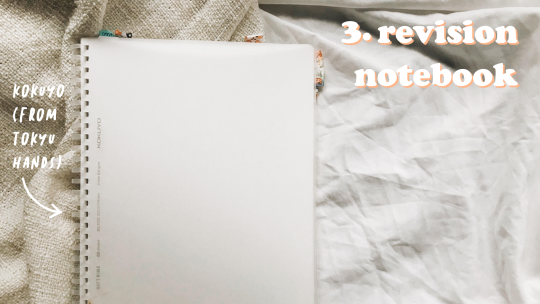
Revision Notebooks
Stage three comes a little later, when exam week is just around the corner. Essentially, I rewrite and improve my notes from my five different subject notebooks into a single revision notebook or binder. (Recently, I’ve opted for a revision notebook because they’re lighter and easier to carry around.)

Because my teachers don’t always teach in the order of the syllabus, the first thing I do is organize my notes according to the syllabus. I would then fill in any other missing gaps in the material that hadn’t been filled in stage two.
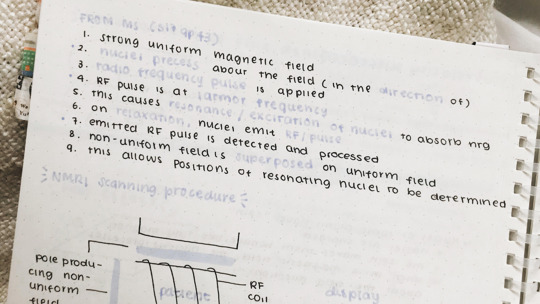
When compiling material for my revision notebook, I use as many sources as possible: my own notes, my teachers’ notes, youtube videos, online sites, and my favorite, the mark scheme! I add in some answers from past papers (explanations only, so no calculations) mainly to secure marks. It’s safer to memorize definitions straight from the mark scheme than from the textbook or from handouts. I also do this to ease my memorization, especially for topics that require lengthy explanations. It’s a lot easier to remember the 6 points I need to explain the principles of NMRI than to remember everything in the four-page handout my teacher gave me.

Folders and binders are essential to organizing your papers. Some people keep a single accordion folder for all their papers, but for me it’s just too heavy to carry around all the time. The same goes for subject folders that are brought to school every day.
Instead, my binder/folder system comprises my Everything Folder and my subject binders.
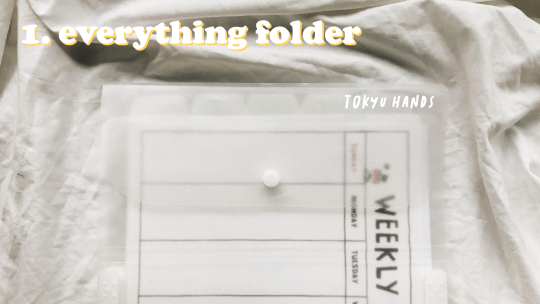
The Everything Folder
The folder I carry with me to school every day is this A4 folder I got from Tokyu Hands. It has 5 pockets, one for each day of the week, so all the papers I receive on Monday will go behind the first divider, and so on.
Some people also keep blank papers in their folders; I don’t because my school has its own lined paper and graphing pads that I keep under my desk that I use if a teacher asks us to do an assignment on those papers. If I do work at home, I prefer to just use a plain A4 paper or a legal pad.
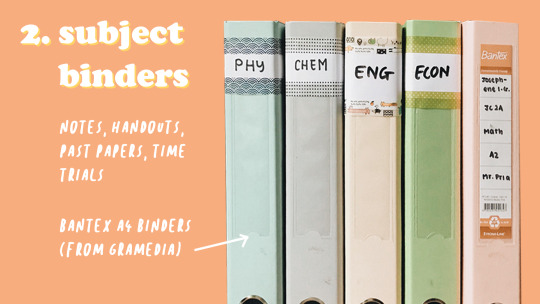
Subject Binders
At the end of the week, I’ll sort my papers into my subject binders. Sometimes I’ll keep some papers in the folder if I think I’ll be needing it the next week. This usually only applies to worksheets because all my teachers’ notes are available on Google Classroom, so I can access them even if I don’t physically have them.
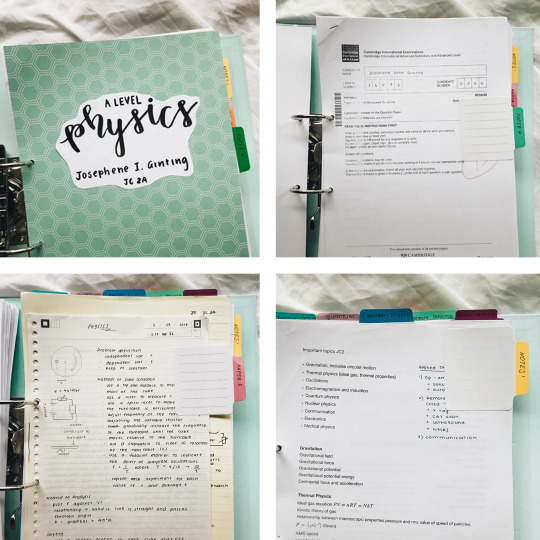
Each of these binders have sections inside them:
Physics: 1 for handouts, notes, and tests, 1 for Paper 4 (Theory), 1 for Paper 5 (Practical Planning). I included extra tabs to mark the different topics in the handouts section.
Chemistry: same as Physics.
Economics: 1 for Paper 3 (MCQ), 1 for Paper 4 (Case Study and Essay). A lot of my Economics material is online, though.
English: 1 for Paper 3 (Text and Discourse analysis), and 2 for Paper 4 (Language Topics, which includes 1 for Child Language Acquisition, 1 for World Englishes). Past papers, handouts, and notes all go under their respective topics.
Mathematics: I just keep everything together because I never revise math and just constantly do past papers.
This makes it easier for me to revise each subject because I can just take one binder with me instead of a messy folder with everything just shoved in there.

I keep a magazine file for each of my A-Level subjects (English and Mathematics are combined). All my textbooks, revision guides, and subject notebooks are kept here, so if I need to revise one subject, that’s the magazine file I’ll take out.
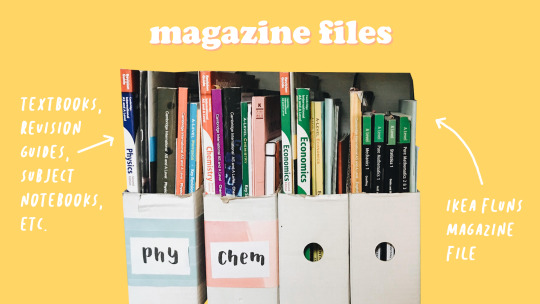
These magazine files prevent any small things (like my book of flashcards) from being shoved to the back of my bookshelf, or materials from different subjects from getting mixed up.

In my senior year, I mostly plan using this app called Edo Agenda. It syncs across all my devices for free and has all the features I need: a to do list to organize tasks, monthly and weekly calendars to organize events, a journal to organize notes and memos.
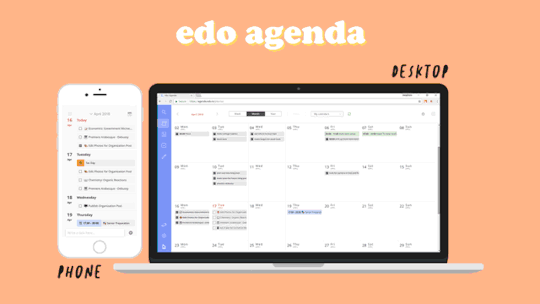
I used to bullet journal regularly, but it takes too much time during weekdays, so now I just bullet journal for the therapeutic effects it gives me, and I use an app for organizing tasks and events. Sometimes at the end of each week, I’ll transfer my tasks to my bullet journal and then decorate the page, but again, this is just for its therapy.

Organizing your school supplies is just as important as organizing your papers and notes. With a more organized backpack and pencil case, you won’t waste time looking for your things at the bottom of an abyss.
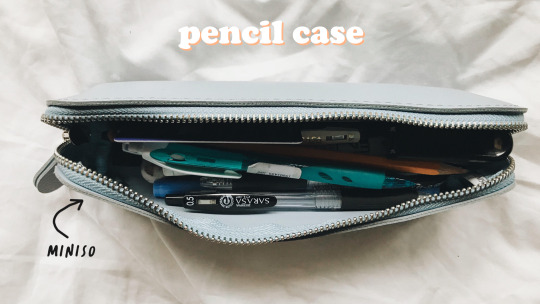

Pencil Case
I don’t find it necessary to bring so much stationery to school unless I plan on making notes at school (usually during revision week).
Backpack
Because we’re already in the revision term, I don’t really carry a lot of things in my everyday backpack, just the following:
Pencil case
Everything Notebook
Everything Folder
Revision notebook
Kindle
Phone
Wallet
Earphones
Calculator
Speaker
Drinking bottle
A pouch with things like a hairbrush, pads, and lip balm
And that’s all for now! I hope this post will help you organize your school life (if you haven’t already) or at least provide some useful insights on some ways to stay organized as a high school student.
45K notes
·
View notes
Photo


Sailor Moon-themed 💖
*Click on the images for better photo quality
IG: therobotstudies
619 notes
·
View notes
Photo




japan + anime lockscreens - requested by anonymous
▪please like if you use ▪please don’t repost or delete the caption
4K notes
·
View notes
Photo

Para aquellos que están en finales o están tomando clases de verano 💜 Tú puedes!🙆🏽
1 note
·
View note
Photo






Cardcaptor Sakura( カードキャプターさくら ) - Opening 1
5K notes
·
View notes
Text
Stop being so afraid to be confident. There’s actually a lot of great things about you. Don’t deny those things, embrace them. You’re beautiful and smart and kind and you need to stop punishing yourself for acknowledging it and trying to believe it.
96K notes
·
View notes
Text
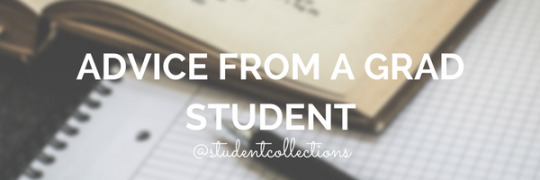
Five to ten minutes per day on a difficult task is always better than zero minutes per day. You don’t have to finish, you just have to start.
Pretend that school is a real job. For instance, pretend that lectures/discussions are your meetings with colleagues and that your homework is work you are being paid to do.
Always prioritize your health, your family, and your grades over extracurriculars. You only have one body, one family, and one chance to earn your GPA. You will have the rest of your life to add experiences to your resume.
Spend at least 1-2 hours per day doing absolutely nothing “productive”. This will increase your productivity overall. Trust me. Your brain needs time to feel like mush.
Watch Netflix/Youtube while you work out. It will make your work out more pleasant and it will free up more of your chill time for other things like self care, extra sleep, reading, etc.
Go through all of your social media accounts and unfollow anyone who you do not genuinely enjoy receiving updates from. It will reduce the time you spend scrolling and it will make your social media experience better.
Be honest with yourself when you feel like you are overextending yourself. You may feel bad about letting go of some commitments, but if you know you need to reduce your workload, others will understand.
Take 5-10 minute walks during your study breaks. It refreshes your mind, reenergizes your body, and prevents the negative effects of sitting for too long. You can even walk with your study partner to make it more fun.
During periods of time when your schedule is especially busy or when you are experiencing depression, use habit trackers for simple tasks like eating breakfast, flossing, making your bed, etc. It’s easy to let go of basic daily habits during periods of heightened stress so tracking them can help you take care of yourself.
Don’t compare yourself to anyone but yourself. Everyone is on their own unique journey, timeline, and life path. You know where you’re going and what you need to do to get there.
3K notes
·
View notes

